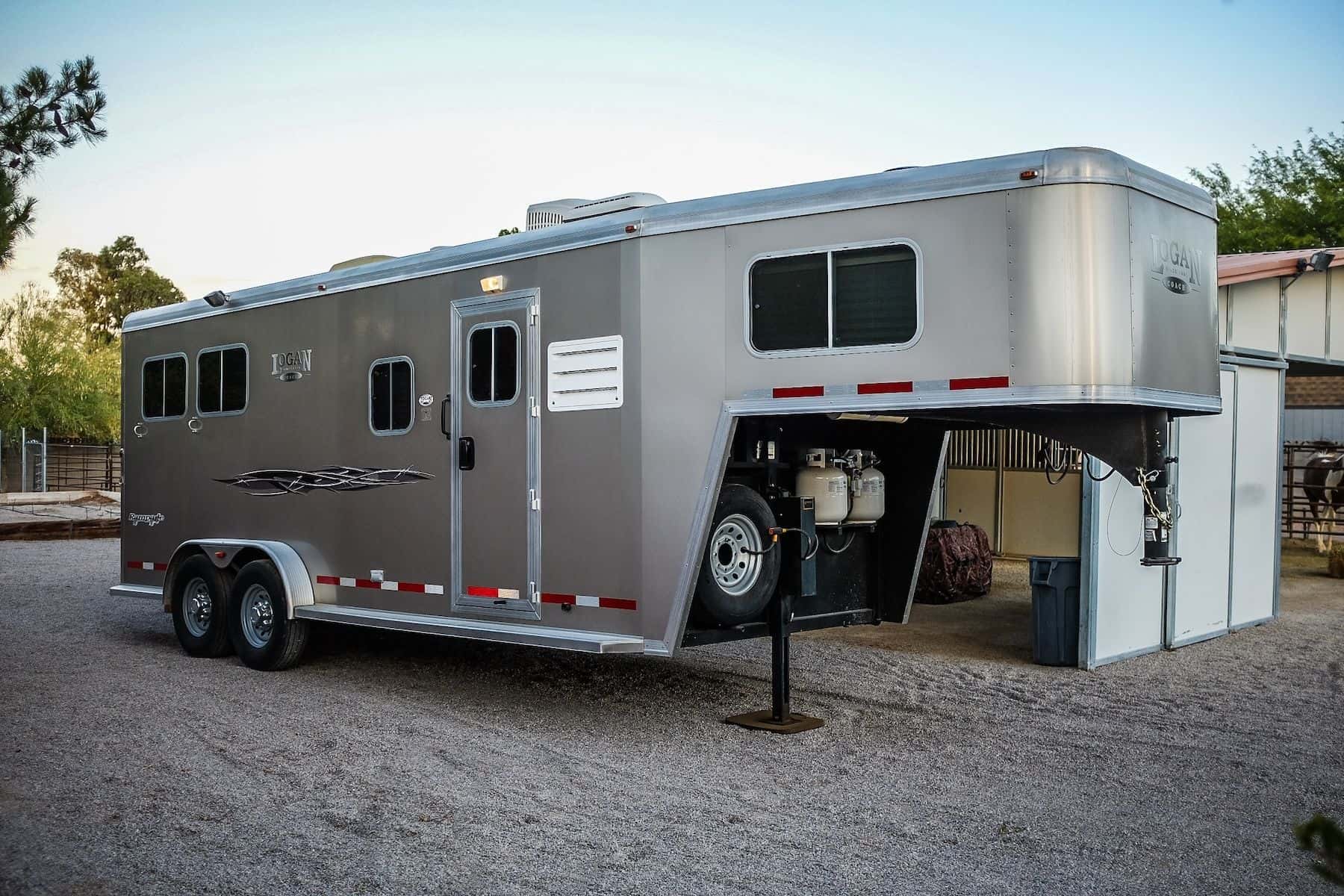Assessing the Potential Hazards of a Single-Cable RV Ramp Design
This case study examines an incident where a single-cable RV ramp design led to severe injuries when the hatch fell onto an individual.
Case Overview
This case study delves into an incident involving an individual who sustained injuries due to a malfunctioning RV ramp/rear hatch. The recreational vehicle relied on a single, central cable for hatch operation, rather than a dual-cable system.
After loading his vehicle into the RV and reaching his destination, the individual attempted to open the hatch. However, during transit, the shackle connected to the winch and the cable became dislodged, rendering the cable non-functional.
Consequently, the ramp fell onto him when he attempted to lower it due to lack of support. The RV’s single-cable setup and the absence of supplementary safety mechanisms are alleged to have caused the accident.
Questions to the Recreational Vehicles expert and their responses
Can you describe your professional background in RV design, specifically rear hatches/ramps?
I am ASE Master Auto certified with over three decades of experience working on cars, trucks, and RV trailers. My expertise extends to repairing and modifying race car trailers and toy haulers, including components like winches, rear doors, ramps, etc.
What is the difference between a one-cable and two-cable hatch design in terms of safety features?
The primary distinction between a one-cable and two-cable hatch design lies in their safety features. A two-cable system provides redundancy; if one fails, there is another cable as a backup. This significantly reduces risk compared to a single-cable system where failure can lead to dangerous situations.
If a rear hatch is designed to only use one cable, what other safety mechanisms should be in place to ensure that the cable does not fail?
If a rear hatch is designed to utilize only one cable, other safety mechanisms should be in place to prevent failure. For example, garage door springs could hold the door in a closed position even if a cable fails. If only the cable is used to keep it closed, it poses a significant danger—especially if there’s only one cable.
About the expert
This expert boasts over three decades of experience in automotive mechanics, with a focus on heavy trucks and recreational vehicles. They hold an AS degree in auto repair from a renowned technical institute and are certified as an ASE master heavy truck and automotive technician. Their extensive career includes roles as an automotive technician at various auto repair centers, an automotive instructor and education manager at a Technical Institute, and currently, they serve as a claims adjuster for a national aftermarket warranty company.

E-420721
Specialties:
About the author
Find an expert witness near you
What State is your case in?
Subscribe to our newsletter
Join our newsletter to stay up to date on legal news, insights and product updates from Expert Institute.



